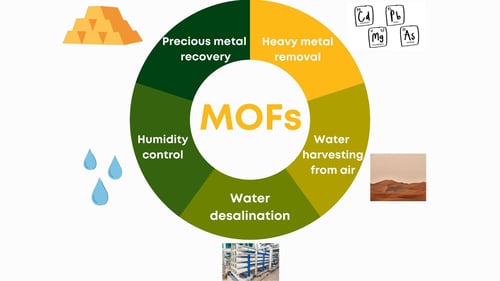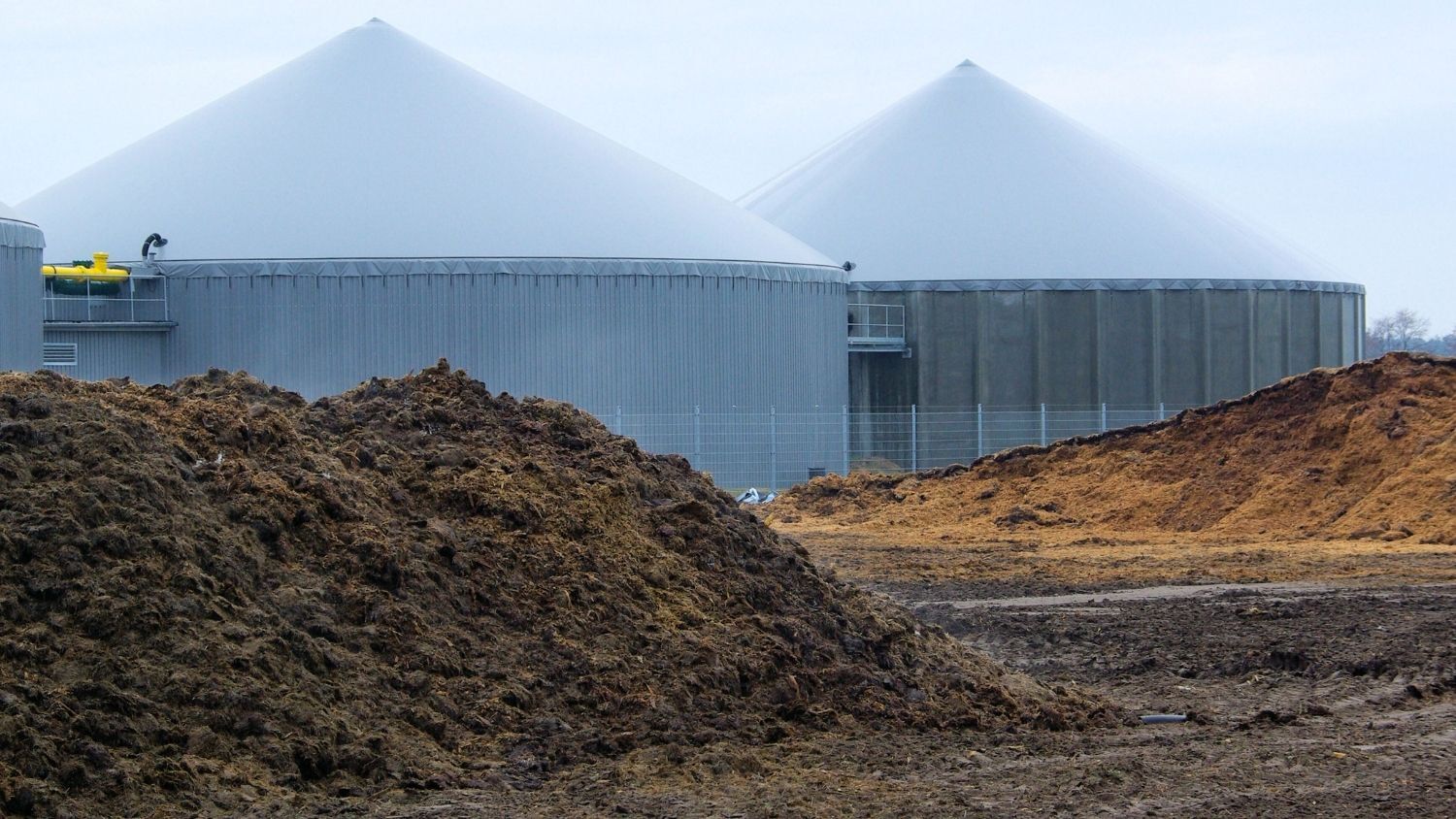Advanced wastewater treatment technology is critical, especially for pollutants that standard technologies cannot remove. Innovative technologies are emerging to improve existing methods based on novel materials. This blog will give an overview of the wide variety of Metal-Organic Framework (MOF) applications, one of the most promising materials in this area.
Novel water treatment technologies
Wastewater pollutants vary depending on the source. Municipal wastewater can usually be managed by typical biological or chemical treatments due to the high organic matter content. However, industrial processes, and the wastewater pollutants associated with them, evolve according to human needs. Novel contaminants include pesticides, chemicals, antibiotics, surfactants, disinfection products, and artificial sweeteners, among others. Due to the novelty of these contaminants, established technologies cannot achieve standard cleaning parameters.
Since clean water resources are limited on the planet, efforts are also put into purifying seawater. The desalination process removes salts from a saline source to produce potable water or water for industrial uses. Current technologies for desalination are based on filtration and membrane processes which can benefit from new materials to improve overall efficiency.
MOFs in water treatment technologies
MOFs are crystalline materials with highly ordered structures based on metal centers and organic ligands. Unlike other materials, MOFs can be consciously designed to target specific physical and chemical properties. MOFs are employed in diverse applications related to water treatment offering large surface areas, tunable pore size and shape, and ease of functionalization.

Owing to the easy tunability of MOF materials, they can be used as adsorbents, active materials for catalytic processes, and membrane components.
- Adsorption technology is used in wastewater treatment due to its good cost-effectiveness, easy design and operation, and resistance to toxic compounds.
- Advanced Oxidation Processes (AOPs) allow the decomposition of harmful contaminants into harmless substances for more resistant pollutants. AOPs are driven by catalyzed reactions usually assisted by UV or visible light, where high-performance photocatalysts are key to achieving good efficiencies for water purification and energy consumption.
- Membrane technology is also used for water treatment, either wastewater purification or desalination. In such applications, membrane components can help to increase the selectivity for the capture of specific pollutants such as metals.
Besides removing water pollutants, MOFs have been used to recover valuable compounds such as precious metals from wastewater or natural water bodies. For instance, MOF-based materials were tested to recover gold from river water, demonstrating removal efficiencies of 99% (recovery of 934 mg gold/g of composite) in very short times of 2 min with high stability across different pH values. Also, MOFs were easily regenerated by simple methods.
 Another exciting application for MOF materials is water harvesting in adverse conditions in remote locations. Water can be recovered in arid areas like Africa, the Middle East, and Australia. Typical technologies used for water harvesting in low-humidity conditions are energy-intensive and inefficient due to the temperature dependence of the process. Due to their unique properties, MOFs are capable of adsorbing water molecules in humidity as low as 20% with relatively low release temperatures compared to other adsorbents such as silica and zeolites. You can learn more about this application in one of our case studies.
Another exciting application for MOF materials is water harvesting in adverse conditions in remote locations. Water can be recovered in arid areas like Africa, the Middle East, and Australia. Typical technologies used for water harvesting in low-humidity conditions are energy-intensive and inefficient due to the temperature dependence of the process. Due to their unique properties, MOFs are capable of adsorbing water molecules in humidity as low as 20% with relatively low release temperatures compared to other adsorbents such as silica and zeolites. You can learn more about this application in one of our case studies.
MOF applications in water treatment are not limited to the removal of pollutants. The detection and quantification of pollutants is essential to determine the removal efficiency of the treatment system. The detection of emerging contaminants is also possible using MOFs. Metal-Organic Frameworks offer a versatile sensing platform for detecting molecules in situ, with outstanding accuracy.
The promising results of MOF-based materials across water treatment applications are opening an alternative path for more efficient processes. The application of these materials is of great interest to help in the new challenging pollutants removal in terms of energy consumption, process efficiency, and easy recovery of valuable products.




.jpg)
